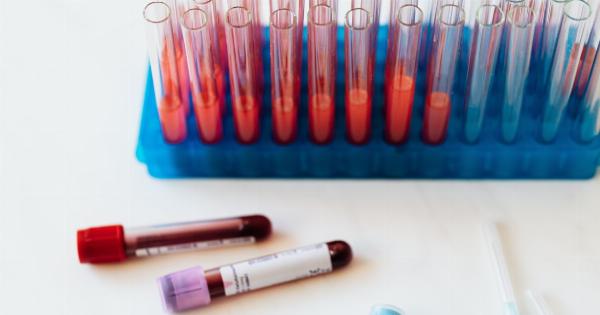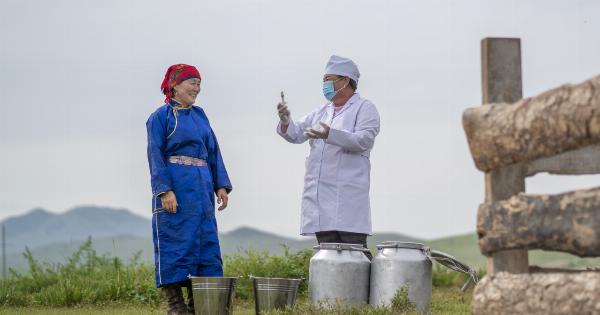Childhood obesity is a growing epidemic in developed countries and has been linked to health problems like type 2 diabetes, heart disease, and even cancer.
The World Health Organization reports that the number of obese or overweight children under the age of five is predicted to reach 70 million by 2025. Machine learning can be used to analyze data to identify risk factors for childhood obesity and develop predictive models.
Data Collection and Preprocessing
To develop a predictive model for childhood obesity, data is collected on a large number of children and processed. This data includes information like age, sex, height, weight, and other health factors.
In order to create a useful model, the data must be cleaned and preprocessed. This involves removing any duplicates, missing values, or errors in the data. Additionally, features that do not contribute to the prediction of obesity need to be removed.
Feature Selection
Feature selection in machine learning is the process of identifying and selecting the most relevant features to include in the model. In the case of predicting childhood obesity, features such as age, sex, and height would be considered relevant.
Other features such as family income and education may also be included as they play a role in lifestyle choices and nutritional habits.
Model Selection
Once the data has been processed and the relevant features selected, a machine learning model needs to be chosen. There are several models that can be used for classification problems like predicting obesity.
Some of these include logistic regression, decision trees, random forests, and neural networks. Each model has its own strengths and weaknesses and the choice will depend on the data and the problem at hand.
Model Training
After selecting a model, the data is split into training and testing sets. The training set is used to train the model, while the testing set is used to evaluate how well the model performs on new, unseen data.
During the training process, the model learns the patterns in the data and adjusts its parameters to minimize the error between the predicted output and the actual output.
Model Evaluation
Once the model is trained, it is evaluated on the testing data to assess its performance. The evaluation metrics used will depend on the specific problem and model used.
For predicting obesity in children, metrics like accuracy, precision, recall, and F1-score can be used. These metrics provide a measure of how well the model predicts obesity compared to the actual values.
Application of Predictive Models for Childhood Obesity
The use of predictive models for childhood obesity has several applications. One application is to identify children who are at risk for obesity and intervene early to prevent it.
Another application is to develop personalized treatment plans for obese children that are tailored to their specific needs. These plans can include dietary changes, exercise routines, and other lifestyle modifications.
Limitations of Predictive Models for Childhood Obesity
While predictive models for childhood obesity show promise, there are limitations that need to be addressed. One limitation is the quality of the data used to train the model.
If the data is not representative or accurate, the predictive model may not be effective. Additionally, predictive models cannot account for all factors that contribute to obesity, such as genetics and environmental factors.
This means that while the model can predict obesity risk, it may not be able to identify all cases where obesity occurs.
Conclusion
Machine learning has the potential to identify risk factors for childhood obesity and develop predictive models that can be used to prevent or treat obesity in children.
By utilizing data on demographics, health factors, and lifestyle habits, machine learning can be used to identify patterns and develop personalized treatment plans for obese children. Additionally, predictive models can be used to intervene early and prevent obesity from occurring. While there are limitations to the use of predictive models, the potential benefits make it a promising area of research to explore.





























